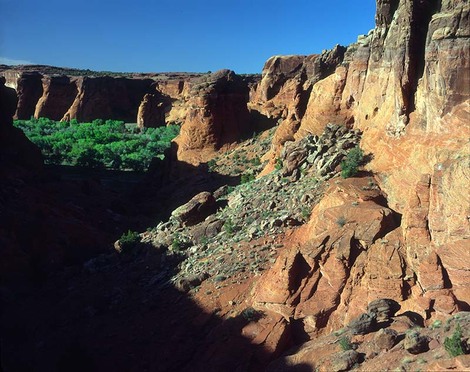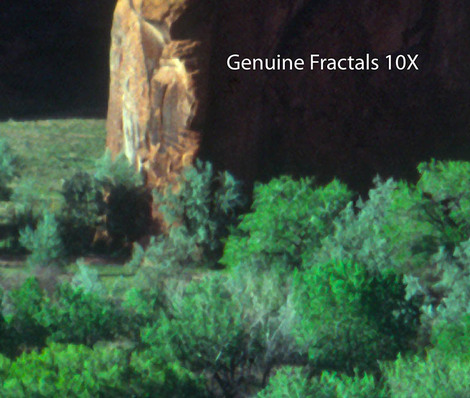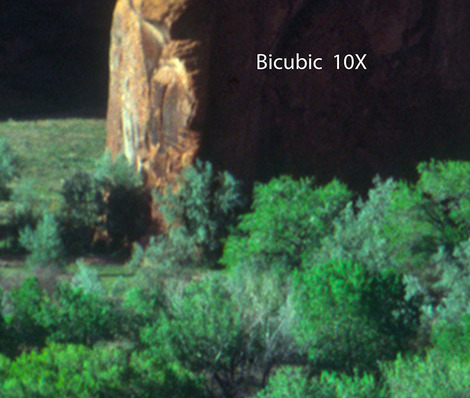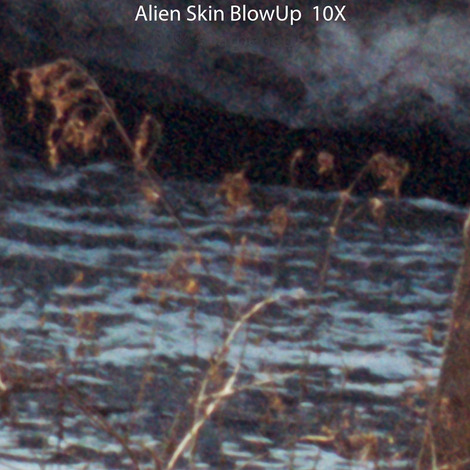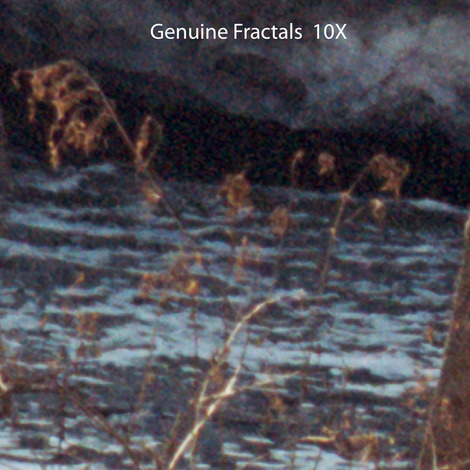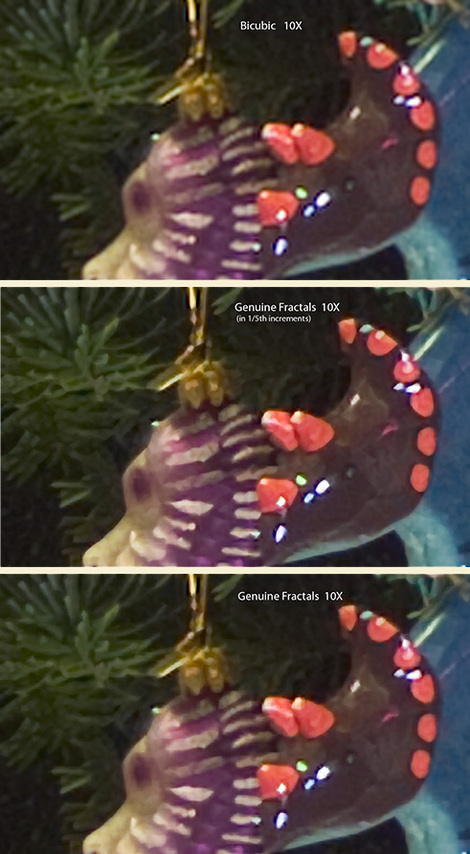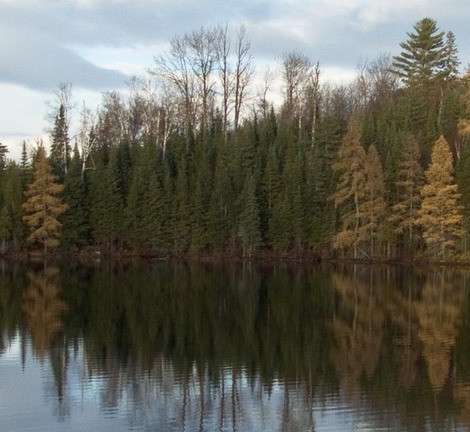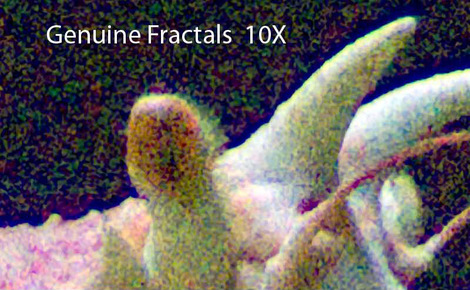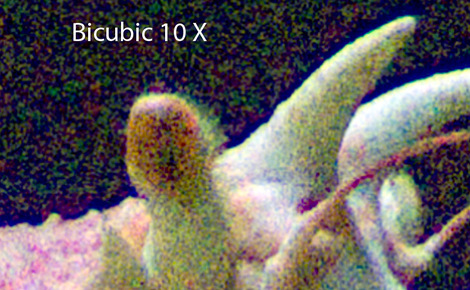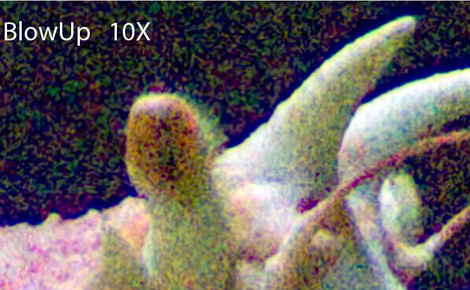User Notes on a DSLR from Off the Beaten Path
By Oren Grad
Around the end of 2006 I bought a Pentax K110D, my first DSLR. I intended to use it for utility tasks, like taking pictures of surplus photo equipment that I want to sell, making occasional record shots that I need in electronic form, or serving as “free Polaroids” for experiments with studio lighting. In those tasks, I’ve been really happy with it.
After owning the K110D for a while, I decided it might be interesting to try using it as a walkabout snapshot camera too. I had a couple of specific motivations. On the one hand, I thought a DSLR might allow me to enjoy my casual snapshooting more freely, while preserving more of the limited time and energy I have available for darkroom work for my large format tinkerings. On the other, I was intrigued by the idea of trying my hand at color again after many years of working exclusively in black and white.
I kept at it for a few months and about 1,500 exposures. To make a long story short, it didn’t quite work for me, and the heart of the problem was the imaging chain itself. After twenty-odd years of photographing with Tri-X, I found the dynamic range limitations of the K110D endlessly frustrating. To make matters worse, the camera’s erratic meter made it a nuisance to capture even those scenes that were within the sensor’s limited range, forcing me to check the histogram constantly and re-shoot frequently to get usable captures.
On the other hand, in those situations that fit within the camera’s limitations, using it was great fun, and I had made a few pictures that I liked. So I wasn’t ready to give up on DSLRs just yet. And since crippled dynamic range was my biggest gripe with the K110D, the Fujifilm FinePix S5 Pro came to mind as a camera I ought to try.
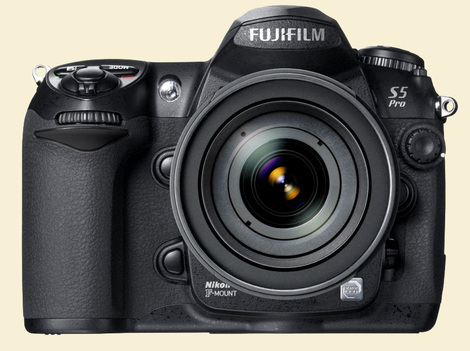
The S5 is something of an oddity among current DSLRs. For readers who aren’t familiar with it, the S5 is essentially a Nikon D200 with Fujifilm’s 6MP SuperCCD SR Pro sensor and firmware substituted for the D200’s 10MP Sony sensor and Nikon firmware. What you get from this transplant is substantially extended dynamic range, made possible by the dual “S” and “R” pixels of the SuperCCD, together with Fujifilm’s distinctive color rendering. The price you pay compared to the D200 is fewer pixels, a smaller buffer, sluggish performance in sequence shooting, and a bit more money. In a market fixated on squeezing ever more pixels into and ever more speed out of a camera, the idea of spending a bit more for what looks like quite a lot less has not elicited wild enthusiasm. So despite many improvements over its Fujifilm DSLR predecessors, the S5 is still seen as primarily a niche-market camera for wedding pros.
But I’m not an action shooter, and I make only small prints from my walkabout snapshots, so in all the S5 seemed as though it might be a good match to my needs. Last fall, when Fujifilm cut the price of the S5 by a couple of hundred dollars and a local dealer offered a further rebate at its annual show-and-sale, I bought one. What follows is some informal observations about the camera, based on my experience of using it for a couple of months and colored by my preferences and snapshooting habits.
Handling, ease of use, and responsiveness in the field
Like so many other digital cameras brimming with features and custom settings, the S5 has an obscure, convoluted menu system. But after initial setup, I found that all of the settings that I’d normally want to change in the field can be adjusted via dedicated or semi-dedicated control buttons or knobs, bypassing the menu system entirely.
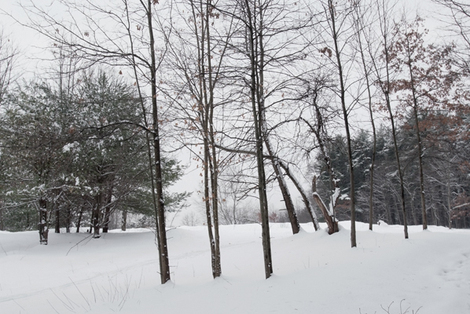
Different people have different tastes for camera shape and control layout. I don’t especially care for the horizontal control wheels that the S5 inherits from the Nikon D200, and I found the camera fussy to adjust at eye level. But I ended up using the S5 almost entirely on automatic exposure, and got in the habit of making any ISO or exposure compensation adjustments before bringing the camera to eye level, so in practice the controls aren’t too bothersome. Evidently the arrangement of my face isn’t quite ideal, because I have a knack for hitting the menu button with my nose in the heat of battle, lighting up what feels like the entire neighborhood as the rear LCD comes brilliantly to life. Fortunately, a quick touch of the shutter release turns it off.
Camera startup is near-instantaneous and subjective shutter lag relatively low for a multi-mode electronic SLR. As a rule, autofocus with the 17–35mm ƒ/2.8 Nikkor AF-S zoom that I’ve used with the S5 is fast, silent and accurate, though every once in a while, with the zoom at a wide angle setting and a relatively low-contrast subject, the autofocus refuses to budge, forcing a manual intervention. This is a challenging test for an autofocus system, and the S5 isn’t unique in not being able to meet it all the time.
The S5 is often criticized for its relatively small shot buffer and slow sequence shooting compared to the D200. But I typically make only one or two exposures at a time before wandering off to find something else to photograph; in a pinch, at a party where I’m on snapshot duty, I might take as many as three or four. My snapshooting habits fall entirely within the S5’s limits, and I never found myself waiting for the camera. Overall, the S5 feels crisp and responsive for my purposes.
Post-processing
With the K110D, I got used to the convenience of processing my raw files using Adobe Camera Raw and Photoshop, which allow a quick and easy workflow from raw file out of the camera to finished print or JPG for posting.
ACR can convert S5 raw files, too. Unfortunately, I found that ACR conversions of RAF files from the S5 reliably produce false color artifacts in edges adjacent to backgrounds that are bright enough to be blown in at least one color channel, and I found ACR’s color rendering generally punchier and less subtle than that of Fujifilm’s own raw converter, HyperUtility HS-V3. I say unfortunately, because HyperUtility lived down to its reputation as a sluggish and clumsy piece of software. HyperUtility conversions are painfully slow, and the effect of parameter changes can’t be previewed in real time; previewed pictures are often drenched in artifacts; and the range of control and file output options is severely limited compared to what’s offered by ACR and Photoshop. Even worse, given that superior dynamic range is one of the key features of the S5, the highlight recovery capabilities of HyperUtility are more difficult to use and more limited in range than those of ACR.
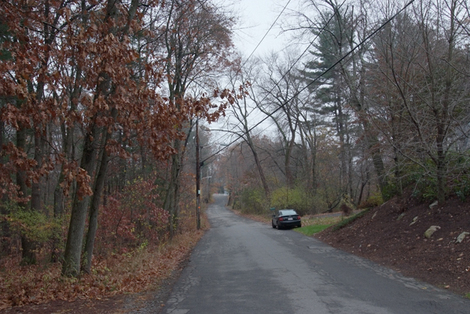
I tried two other raw converters as well. My results with CaptureOne LE were, on the whole, marginally inferior in color rendering to those from ACR, while no better in avoiding the false color artifacts. Worse, C1LE doesn’t read the S5’s auto white balance settings properly, and is prone to severe underexposure in rendering high-ISO captures. Finally, I didn’t like the freeware converter s7raw at all—in both color rendering and freedom from artifacts I found its conversions the worst of the lot.
Ultimately I settled on a hybrid workflow in which I use HyperUtility to render the S5 raw files as low-contrast, "full information" TIFF files, then move to Photoshop for fine curve and color adjustments and finishing for print or web output. This produce the best results by a fair margin, but at the cost of a tedious and time-consuming workflow.
Dynamic range
The dynamic range advantage of the S5 is real and enough to make a substantial difference in use.
The S5 still can’t match the recording capabilities of black and white negative film. But unlike the K110D, I found its yield of usable exposures high enough to make it viable as a tool for general snapshooting. Better yet, the combination of a superior multi-pattern exposure meter with the latitude provided by the camera’s expanded dynamic range is enough to make automatic exposure practical, which in turn improves my yield of usable pictures where the light or the subject is changing rapidly and makes the camera just generally more convenient and fun to use. I gave up checking the histogram entirely. With the S5 it’s enough to bracket a frame or two in hard backlighting; in other circumstances, the camera’s meter reliably delivers usable captures without manual intervention.
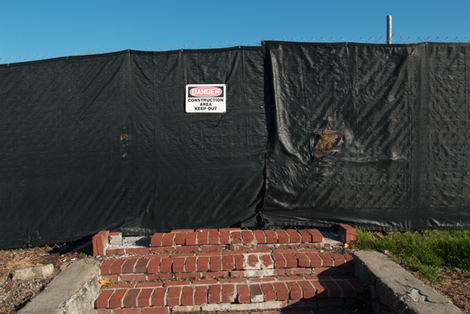
Although the S5’s dynamic range, like that of other digital cameras, decreases at higher ISO settings, its advantage over the K110D persists even at ISO settings beyond 800, where the SuperCCD SR’s extra highlight pixels are supposed to be inactive.
Color
Alas, what one hand giveth, the other taketh away. I’m as disappointed by the S5’s color as I’m pleased by its dynamic range.
Somebody needs to take the red crayons away from Fujifilm’s camera engineers. Any tone in a scene that has a hint of red to begin with ends up being rendered with too much of it. Caucasian skin tones consistently come out excessively pink. Outdoor scenes tend toward an overripe look that I find mildly disconcerting at best and really unpleasant at worst. And the red bias is inconsistent across colors, so there’s no straightforward way to correct it in post-processing.
On the plus side, the S5’s color rendering is remarkably insensitive to ISO setting, maintaining consistent hues and good saturation all the way through ISO 1600.
Auto white balance is decent overall, though it tends to the warm side under incandescent lighting and is occasionally erratic outdoors at dusk.
The verdict
In the end, I couldn’t abide the S5’s color, so after a couple of months of steady use I sold it. I was all the more disappointed because the dynamic range advantage had turned out to be real.
So what’s next for my casual snapshooting? I kept the 17–35mm AF-S, and last week I bought a Nikon D300. I’m guessing that it will deliver somewhat better dynamic range than the K110D though still less than the S5’s, and that I will like its color rendering better than the S5’s. Time will tell.
I’ve kept the K110D. Apart from utility tasks, I’m still using it in special snapshooting situations; I’ve had fun wrapping it in a plastic bag with a hole to let the lens hood poke out and taking it out to make pictures in the low-contrast light of several heavy snowstorms we’ve had this winter. I’ve continued doing some small-camera snapshooting on film, too, taking a roll of black and white here and there, and—encouraged by my color experiments with the DSLRs—experimenting with color negative film for the first time in many years.
I don’t know yet what balance of film and digital I’ll settle on for a new snapshooting routine. It will largely depend on how the D300 works out; stay tuned for an update on that. But whatever happens, and despite frustrations along the way, it’s been great fun shaking things up a bit and learning and trying new things.
________________________
Oren Grad is an independent consultant in technology assessment, public policy and management in the biomedical sciences.
